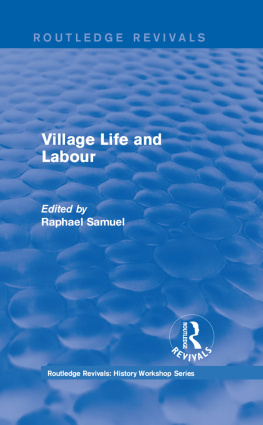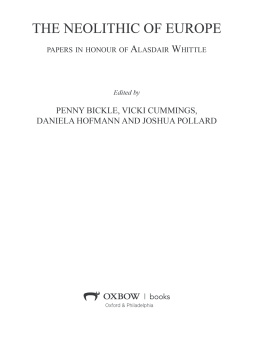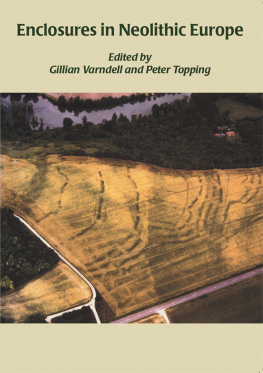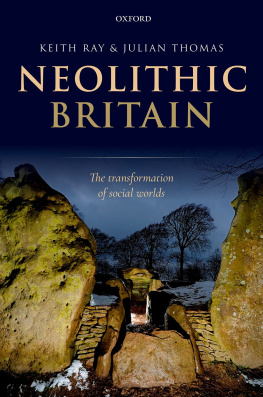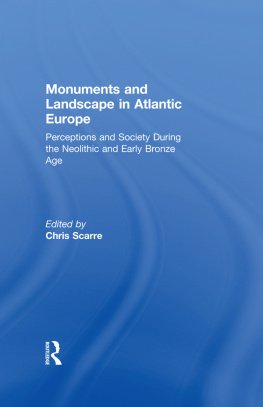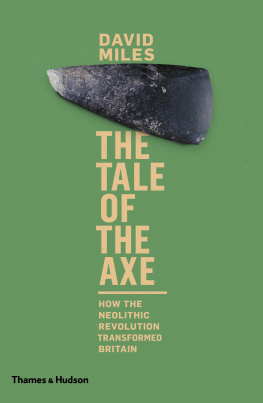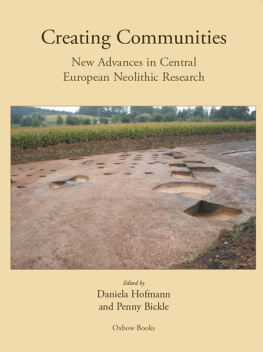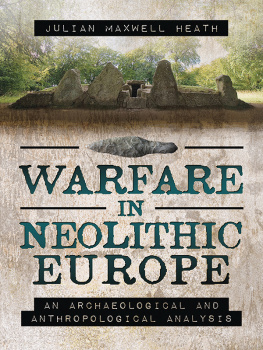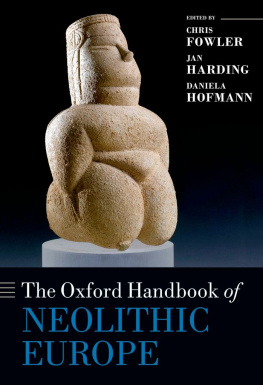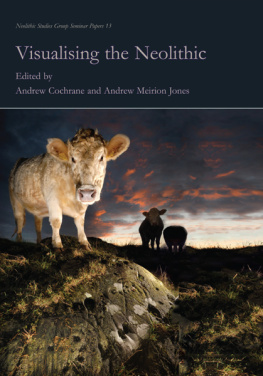M INING AND Q UARRYING IN N EOLITHIC E UROPE
Mining and Quarrying in Neolithic Europe: A Social Perspective
Neolithic Studies Group Seminar Papers 16
Edited by
Anne Teather, Peter Topping and Jon Baczkowski
Published in the United Kingdom in 2019 by
OXBOW BOOKS
The Old Music Hall, 106-108 Cowley Road, Oxford, OX4 1JE
and in the United States by
OXBOW BOOKS
1950 Lawrence Road, Havertown, PA 19083
Oxbow Books and the individual contributors 2019
Paperback Edition: ISBN 978-1-78925-148-7
Digital Edition: ISBN 978-1-78925-149-4 (epub)
Kindle Edition: ISBN 978-1-78925-150-0 (Mobi)
A CIP record for this book is available from the British Library
Library of Congress Control Number: 2019939198
All rights reserved. No part of this book may be reproduced or transmitted in any form or by any means, electronic or mechanical including photocopying, recording or by any information storage and retrieval system, without permission from the publisher in writing.
For a complete list of Oxbow titles, please contact:
UNITED KINGDOM Oxbow Books Telephone (01865) 241249 Email: www.oxbowbooks.com | UNITED STATES OF AMERICA Oxbow Books Telephone (800) 791-9354, Fax (610) 853-9146 Email: www.casemateacademic.com/oxbow |
Oxbow Books is part of the Casemate Group
Front cover: Pike of Stickle and South Scree, Langdale, Cumbria, part of the Group VI axehead quarry complex. Taken September 2014. Photo Pete Topping.
Back cover: Craig Rhos-y-felin, UCL/SRP/SOS Adam Stanford.
Foreword
This book presents the proceedings of a seminar held in November 2017, organised by the Neolithic Studies Group (NSG), that forms part of an ongoing series of NSG seminar papers. This is the sixteenth volume in the series.
The NSG is an informal organisation comprising archaeologists with an interest in Neolithic archaeology. It was established in 1984 and has a large membership based mainly in the UK and Ireland, but also including workers from the nations of the Atlantic seaboard. The annual programme includes two or three meetings spread throughout the year and seminars held in London and various locations in north-west Europe.
Membership is open to anyone with an active interest in the Neolithic in Europe. The present membership includes academic staff and students, museum staff, archaeologists from government institutions, units, trusts and amateur organisations. There is no membership procedure or application forms and members are those on the current mailing list. Anyone can be added to the mailing list at any time, the only membership rule being that names of those who do not attend any of four consecutive meetings are removed from the list (in the absence of apologies for absence or requests to remain on the list).
The Group relies on the enthusiasm of its members to organise its annual meetings and the two co-ordinators to maintain mailing lists and finances. Financial support for the group is drawn from a small fee payable for attendance of each meeting.
Anyone wishing to contact the Group and obtain information about forthcoming meetings should contact the co-ordinators at the following addresses.
| TIMOTHY DARVILL | KENNETH BROPHY |
| Department of Archaeology | Department of Archaeology |
| Anthropology and Forensic Science | University of Glasgow |
| Bournemouth University | Glasgow |
| Poole | G12 8QQ |
| Dorset BH12 5BB |
Alternatively, visit the NSG website at http://www.neolithic.org.uk .
Preface and acknowledgements
This volume contains papers presented at the Neolithic Studies Group (NSG) annual meeting held at the British Museum, London on 6th November 2017. The subject of mining and quarrying in the Neolithic had not been approached by the NSG since it formed part of a wider ranging meeting which reviewed the use of flint and stone in 2005 (Saville 2011). Entitled Extracting More than Rock? Insights into the acquisition of stone and flint in the Neolithic , our abstract invited papers on all aspects of the physical and social aspects of stone and flint extraction in the Neolithic of north-western Europe. The social processes involved in acquiring flint and stone in the Neolithic began to be considered over thirty years ago, promoting a more dynamic view of past extraction processes. Whether by quarrying, mining or surface retrieval, the geographic source locations of raw materials and their resultant archaeological sites have been approached from different methodological and theoretical perspectives. In recent years this has included the exploration of previously undiscovered sites, refined radiocarbon dating, comparative ethnographic analysis and novel analytical approaches to stone tool manufacture and provenancing. The aim of this meeting was to explore these new findings on extraction sites and their products. How did the acquisition of raw materials fit into other aspects of Neolithic life and social networks? How did these activities merge in creating material items that underpinned cosmology, status and identity? What are the geographic similarities, constraints and variables between the various raw materials, and how does the practice of stone extraction in the UK relate to wider extractive traditions in north-western Europe?
Gathering the scholars currently working in this subject was thought by the editors to be particularly timely, due to the increasing interest in understanding extraction, the movement of different sources of stone, and the fundamental issue of why people actually mined and quarried during this period. New excavations and targeted dating of stone extraction sites have been accompanied by recent studies of the movement or manuport of stone in the Neolithic that, when brought together, are generating new insights into how and why certain stone materials were employed within Neolithic societies.
This volume reflects some of that recent work and contains papers that range from studies of the distribution of one type of raw material (Stewart; Darvill), investigations of the variability of stone use at one site (Brown et al .), new excavations at quarry sites in both Shetland (Cooney et al .) and Wales (Parker Pearson), and theoretical, historical and ethnographic approaches to mining and quarrying (Topping; Greaney; Whitaker). Additional contributions further develop our understanding of stone extraction sites as places where we can find evidence for their role in the social and economic change to farming, or the emergence of different types of agricultural economy and its impact upon landscape use and site distribution (Nyland; Dickinson). Finally, great strides have been made in the last two decades in examining the practice of flint mining. This volumes contributions focus on Britain (Baczkowski; Holgate; Teather) but flint mining should be seen within a greater body of excellent European work from Scandinavia to Spain that is being published in edited volumes under the auspices of the UISPP Commission on Flint Mining. Some of our speakers already had publication commitments and their work can be found elsewhere (Stephen Shennan: Edinborough et al . in press; Richard Bradley: Bradley and Watson in press).



